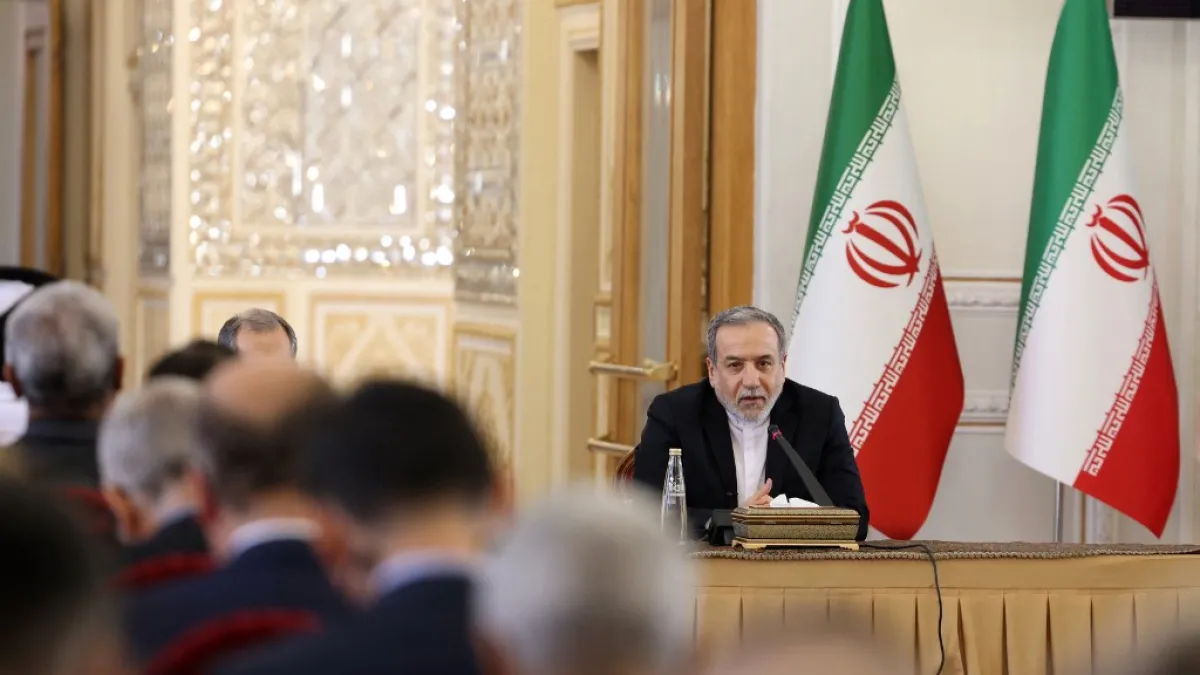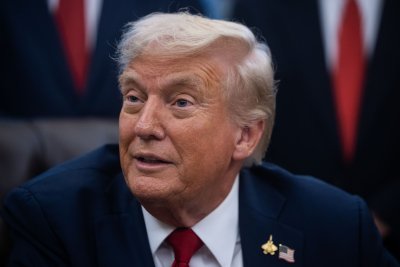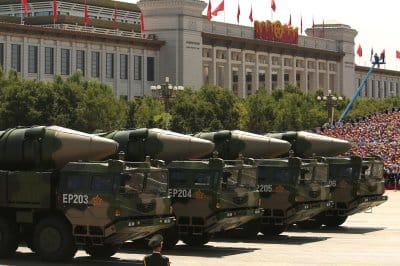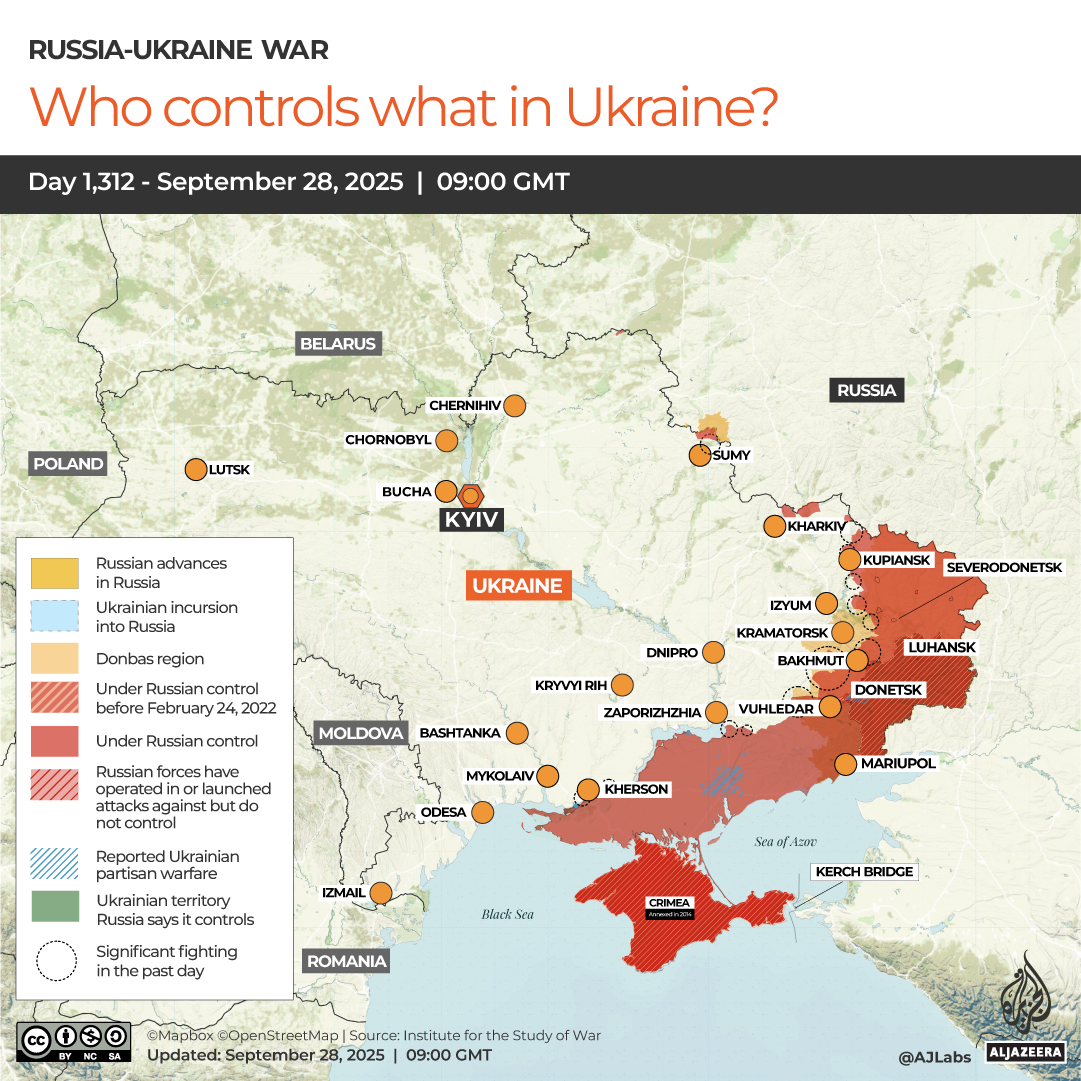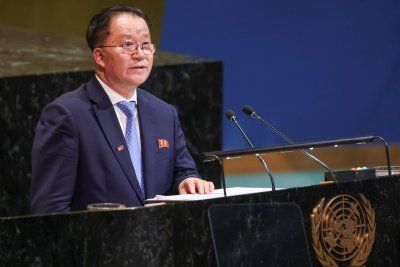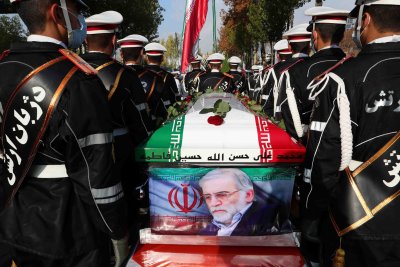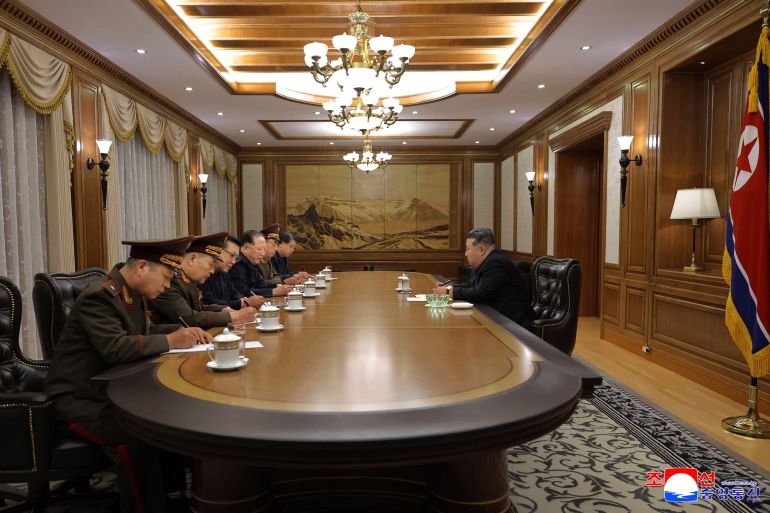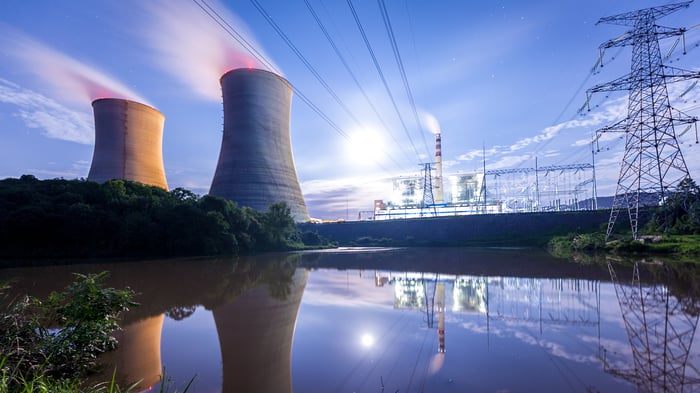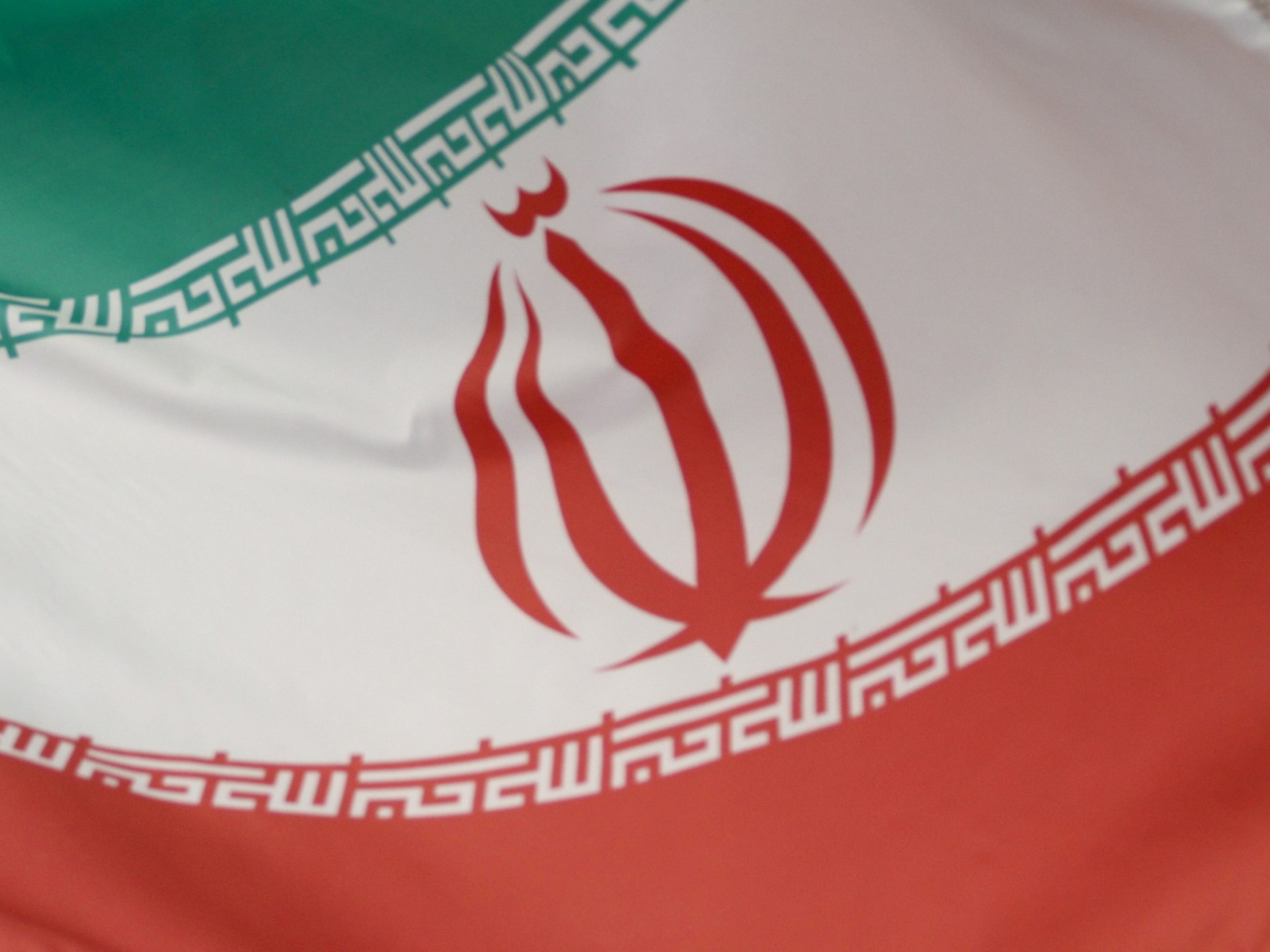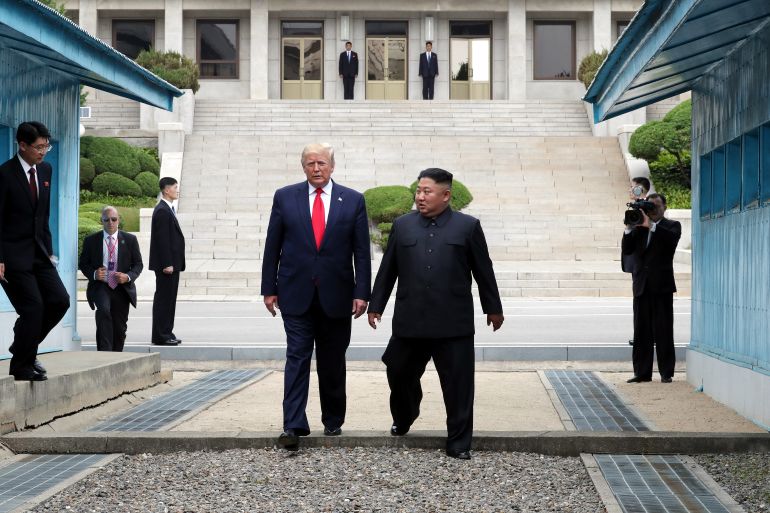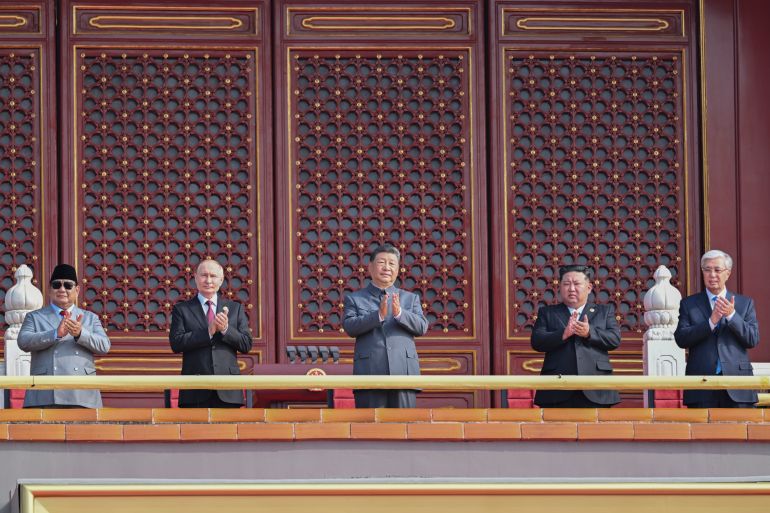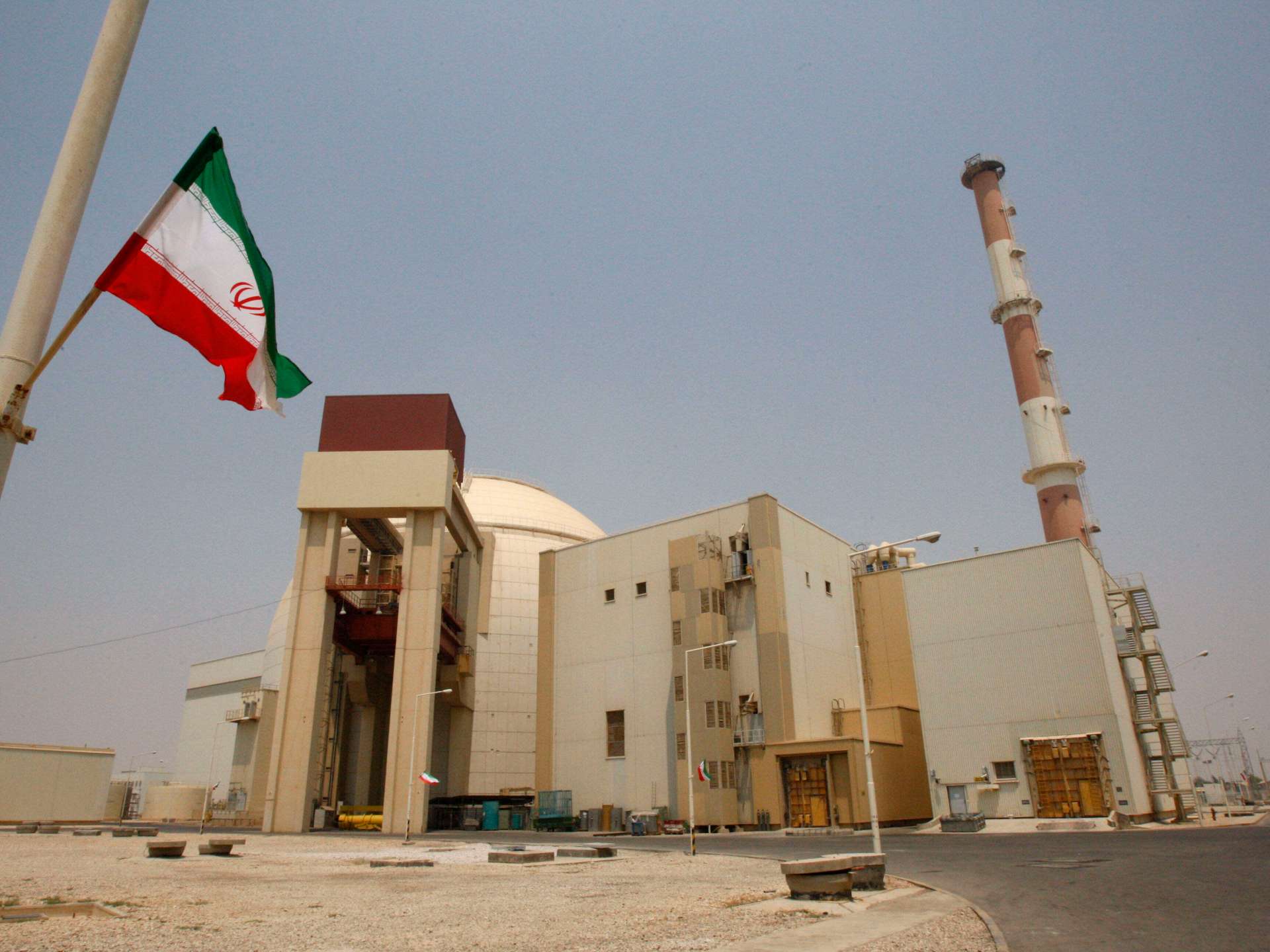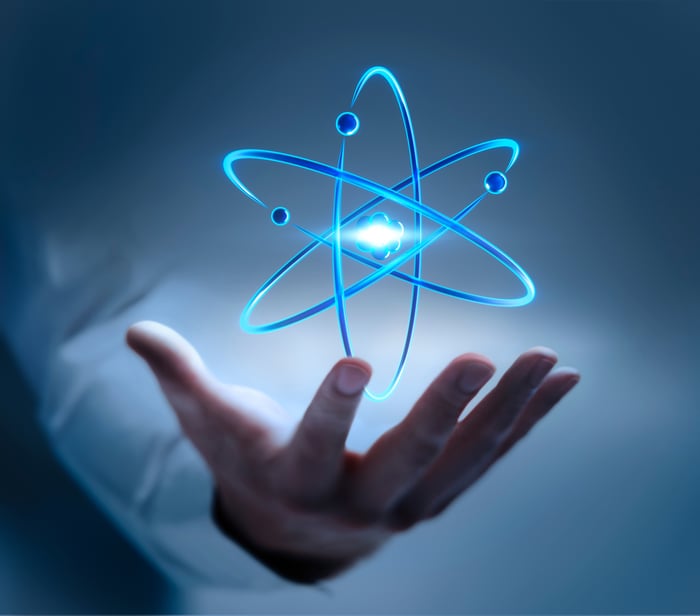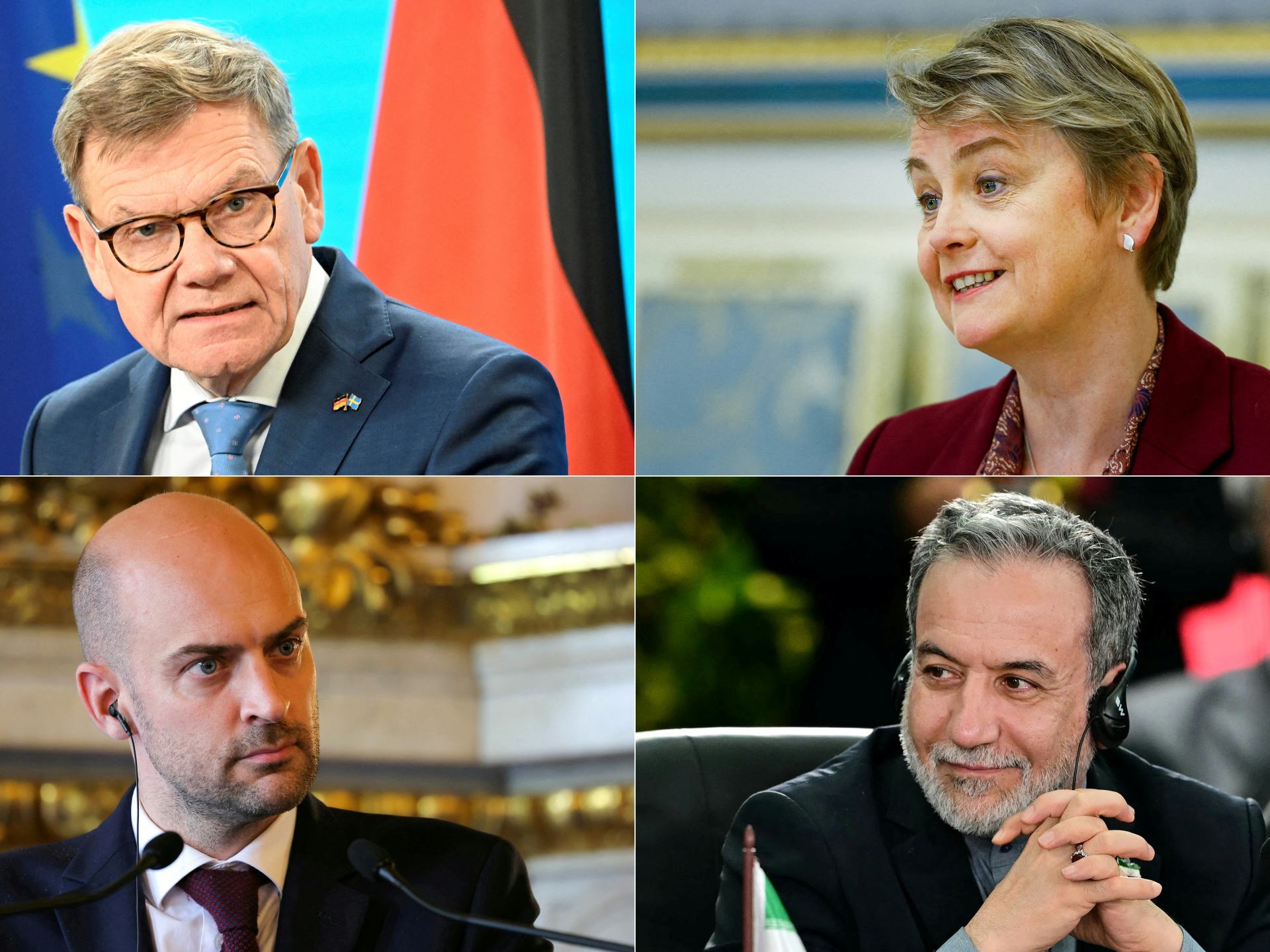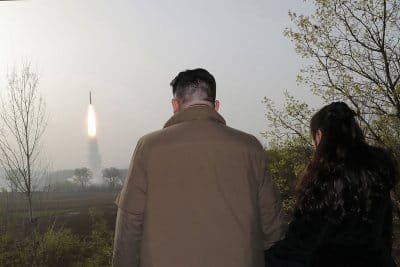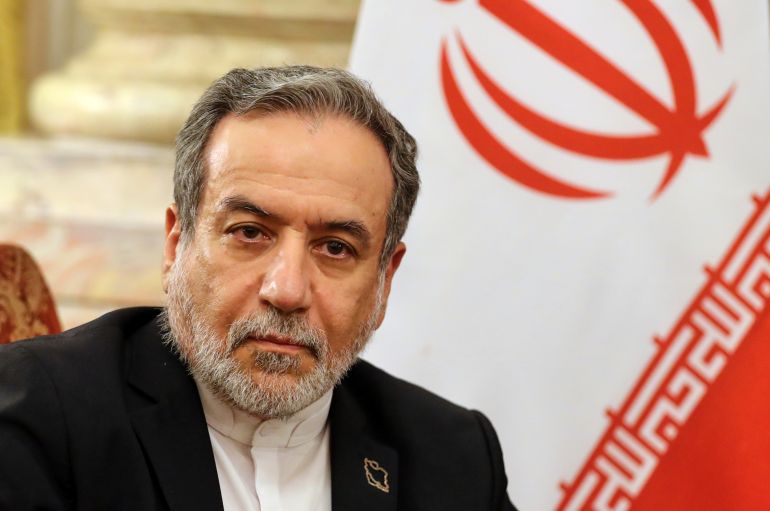Is Russia’s Putin gambling with the safety of Ukraine’s nuclear stations? | Russia-Ukraine war News
Kyiv, Ukraine – On October 2, Russian President Vladimir Putin alleged that Ukrainian attacks had destroyed a high-voltage transmission line between the Moscow-occupied Zaporizhzhia nuclear power plant in southeastern Ukraine and Kyiv-controlled areas.
Days earlier, Ukraine’s leader, President Volodymyr Zelenskyy, said Russian shelling had cut the plant off from the electricity network.
Recommended Stories
list of 4 itemsend of list
The mammoth, six-reactor plant – Europe’s largest and known in Ukraine as the ZAES – sits less than 10km (6.2 miles) south of the front line. It has been shut since 2022, generating none of the electricity that once provided up to a fifth of Ukraine’s needs.
But dozens of Moscow-deployed engineers have frantically tried to restart it – so far unsuccessfully. Ukraine has long feared that Russia is trying to connect the power grid and quench a thirst for energy in Crimea and other occupied areas.
Putin purported that the alleged Ukrainian strikes caused a blackout at the plant and that it had to be fuelled by diesel generators.
The latest blackout at the plant is the longest wartime outage of power.
“On the [Ukrainian] side, people should understand that if they play so dangerously, they have an operating nuclear power station on their side,” Putin told a forum in St Petersburg.
‘The radioactivity is so powerful’
In fact, apart from the Zaporizhzhia nuclear plant, Ukraine has three operating power stations – as well as the shutdown Chornobyl facility, the site of one of the world’s worst nuclear disasters.
“And what prevents us from mirroring [Ukraine’s alleged actions] in response? Let them think about it,” Putin said.
His threat had apparently already been fulfilled a day earlier. Ukraine accused Russia of shelling that damaged the power supply to the colossal protective “sarcophagus” over the Chornobyl station’s Reactor Four that exploded in 1986.
![A member of a French group of musicians plays the harp during the performance "La diagonale de Tchernobyl," directed by Bruno Boussagol, in front of the shut-down fourth reactor of the Chernobyl nuclear power station April 25, 2006. [The Number Four nuclear reactor blew up 20 years ago. The reactor, in what was then the Soviet republic of Ukraine, spewed a huge cloud of radioactive dust over much of Europe in what was the worst nuclear accident the world has ever seen.]](https://www.aljazeera.com/wp-content/uploads/2025/10/2006-04-25T120000Z_234152200_PBEAHUNOPCA_RTRMADP_3_UKRAINE-1759753043.jpg?w=770&resize=770%2C567&quality=80)
Both the Chornobyl station and the plant in Zaporizhzhia need electricity for their safety systems and, most importantly, for the uninterrupted circulation of water that cools nuclear fuel.
The fuel, thousands of uranium rods that keep emitting heat, are too radioactive to be taken anywhere else.
In Chornobyl, the fuel is spent and submerged in cooling ponds or “dry-stored” in ventilated, secured facilities.
But at the Zaporizhzhia site, the rods are still inside the reactors – and are newer, hotter, and made in the United States.
Before the war, Ukraine began a switch from the hexagonal, bee-cell-like rods made by Rosatom, Russia’s nuclear monopoly, to the square rods made by Westinghouse, an energy giant based in Pittsburgh in the US.
The US-made rods will take years to cool down enough to be removed without the risk of contamination, according to a former Zaporizhzhia plant engineer who fled to Kyiv.
“The radioactivity is so powerful that one can’t get the fuel out, [or] transport or handle in other ways until it burns out. It will take years,” the engineer told Al Jazeera on condition of anonymity because of security concerns for relatives in Enerhodar.
Ukrainian forces ‘prevent’ Russia’s alleged plans
A greater challenge at the plant is a severe lack of reactor-cooling water. The Zaporizhzhia station stood less than 15km (9 miles) upstream from the mammoth, Soviet-designed Novo-Kakhovka dam on the Dnieper River.
The dam created a reservoir with up to 18 cubic kilometres (4.76 trillion gallons) of water that freely flowed to the power station. In June 2023, the dam was destroyed by powerful blasts – Ukraine and Russian traded blame – and the water level dropped dramatically.
The deep cooling ponds around the plant that never froze, even in the harshest winters, had been filled to the brim, but the water keeps evaporating. There is enough to cool the shutdown reactors – but not nearly enough if the station is restarted and the uranium rods turn the water into steam to power the turbines.
“It’s absolutely impossible to switch on even one bloc,” the engineer said. “Of course, the Russians keep digging and supply some water, but it’s not enough at all.”
The biggest problem is Russia’s failure to hook the plant to the energy grid of occupied regions as Ukrainian forces pin-pointedly destroy the transmission lines Russia is building – along with fuel depots and thermal power stations, he said.
“The Russians are restoring them any way they can, but Ukrainian forces very much prevent the restoration,” the engineer quipped.
Bellona, a Norway-based nuclear monitor, said on October 2 that a “greater danger lies in Moscow’s potential use of the crisis to justify reconnecting the plant to its own grid – portraying itself as the saviour preventing a nuclear disaster”.
Should Moscow do that, the step would only “worsen [the] strategic situation, give Moscow additional leverage, and bring a potential restart closer – a move that, amid ongoing fighting, would itself sharply increase the risk of a nuclear accident,” it said.

Analysts pointed to a deal proposed by US President Donald Trump in March to transfer the plant to US management as a possible solution.
Ukrainian strikes “will go on until Russia makes a peace deal that also includes US control over the ZAES and its operation”, Nikolay Mitrokhin, a researcher with Germany’s University of Bremen, told Al Jazeera.
Meanwhile, in recent weeks, blackouts in Crimea have become unpredictable and distressing, a Crimea local told Al Jazeera.
“They switch the power off and switch it back on without any warning. Then again – on and off, on and off. My fridge died,” said a resident of Simferopol, Crimea’s administrative capital, on condition of anonymity out of fear for his safety.
Russia understands that improved power supply is a prerequisite for its efforts to restore occupied Ukrainian regions and conquer more Ukrainian land, said an observer.
Moscow needs the plant to “cover the growing [energy] consumption in the region, considering not just occupied Crimea, but also the occupied areas [above the Sea of] Azov. And also within the context of Russia’s plan to occupy part of the Zaporizhia region,” Kyiv-based analyst Aleksey Kushch told Al Jazeera.
Greenpeace said that its detailed analysis of high-resolution satellite images taken after what Putin alleged were Ukrainian strikes showed that he was bluffing.
“There is no evidence of any military strikes in the area surrounding the pylons and network of power lines in this part of Zaporizhzhia nuclear power plant,” the international environmentalist group said on October 1.
The images showed that the power towers remained in position and there were no craters left by explosions around the lines, it said.
Greenpeace concluded that the blackout at the plant is “a deliberate act of sabotage by Russia” whose aim is to “permanently disconnect the plant from the Ukraine grid and connect the nuclear plant to the grid occupied by Russia”.

